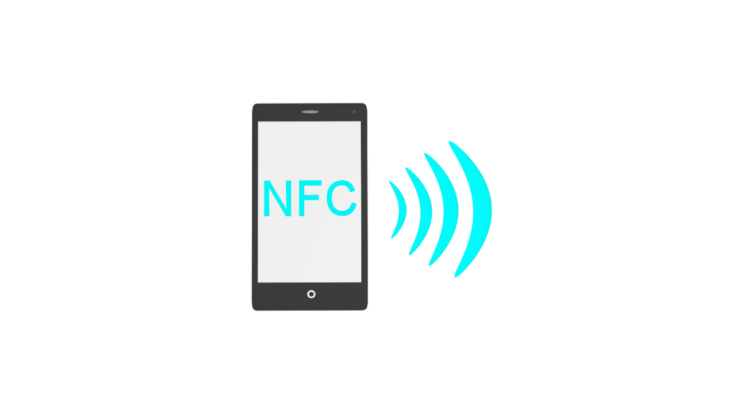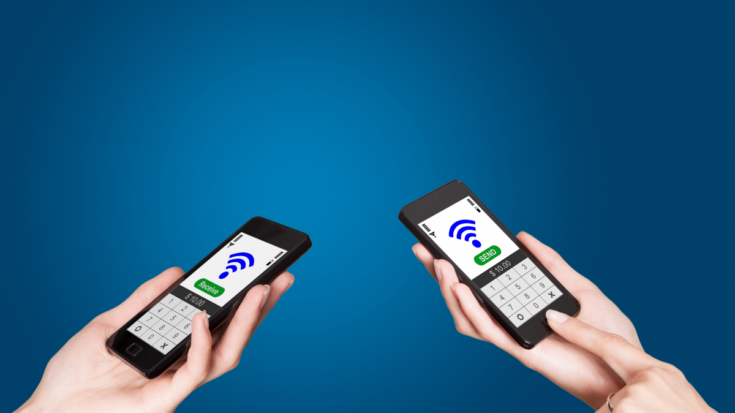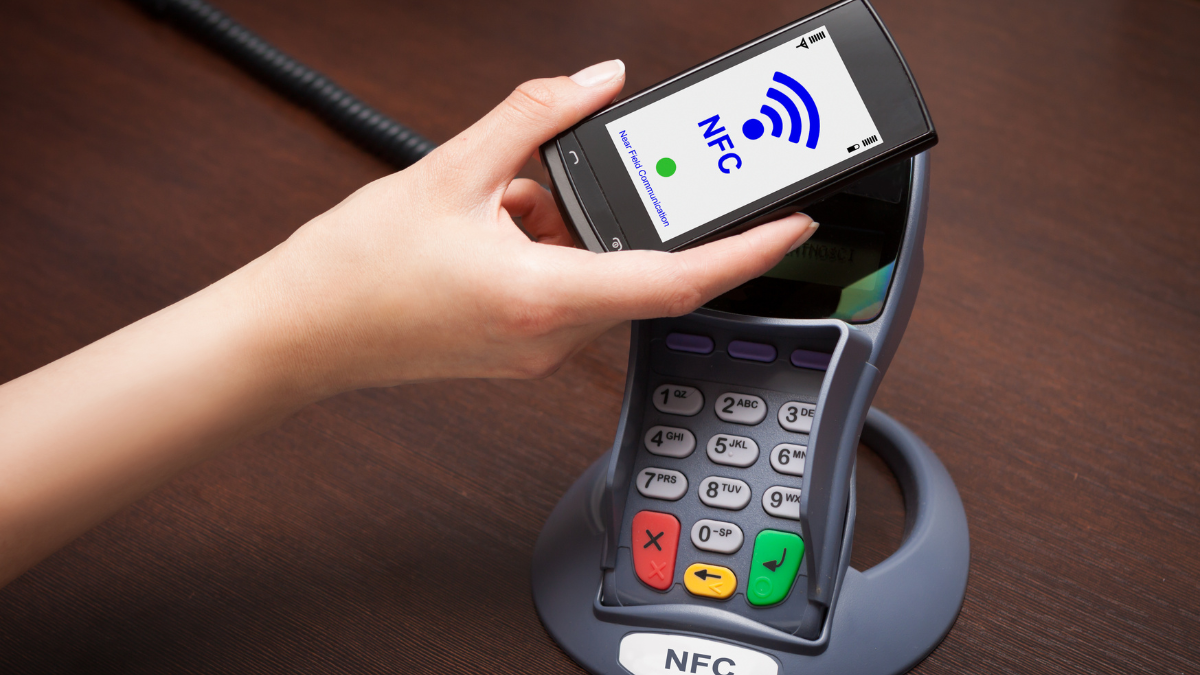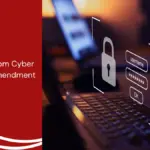Near Field Communication (NFC) is a technology that enables short-range wireless communication between two devices.
Almost all the latest smartphones currently use NFC technology on their devices.
NFC technology is also increasingly popular and is widely used in various activities, from digital payments to data transfer.
Also Read
This article will explain the history of NFC, how it works, and regulations in Indonesia.
Table of Contents
History of NFC

NFC comes from Radio Frequency Identification (RFID) technology which was discovered in 1948. In 1983 Charles Walton patented RFID technology.
NFC was first applied to Star Wars character toys in 1997. Over time in 2002, Philips and Sony established the NFC specification.
The NFC Forum introduced the first NFC device in the form of a small sticker and a “Smart Poster” in 2006. 4 years later, in 2010 the Samsung Nexus S became the first Android cellphone with the NFC feature.
In 2013 NFC was used for cashless payments and authentication security. And in 2015 NFC technology was applied to wearables such as smart watches.
How NFC Works

Near Field Communication (NFC) works using the principle of electromagnetic induction, namely utilizing a changing magnetic field to produce an electric current.
NFC uses two coils, one as a transmitter and one as a receiver. When two NFC devices approach, the transmitter coil produces a magnetic field which will be captured by the receiver coil, thereby generating an electric current in it.
NFC allows two-way communication, which means both devices can send and receive data simultaneously, so the transfer process is fast and efficient.
Another advantage of Near Field Communication is its security. With limited reach, this technology is very safe for non-cash payments.
Even so, NFC can still be equipped with additional security to keep communications safe, considering that RF signals that transfer data can be captured within a certain distance.
NFC Regulations in Indonesia

In the context of using NFC in Indonesia, every tool or device that has an NFC feature must meet the NFC testing standards set by the Ministry of Communication and Information through the Directorate General of Digital Infrastructure (DJID).
Provisions regarding NFC testing standards are regulated in Ministerial Decree (KEPMEN) Number 260 of 2024 of the Ministry of Communication and Digital (KOMDIGI).
By the Ministerial Decree Number 260 of 2024, NFC devices are required to go through a certification and testing process to ensure they are safe, do not interfere with other frequencies, and meet applicable quality standards.
This process includes technical and safety tests to ensure the device can operate safely without causing interference to the surrounding frequency spectrum.
With this certification, users can feel calm about using an NFC device whose quality and security are guaranteed.
For manufacturers or importers of NFC devices, obtaining certification from DJID is a mandatory step before the device can be officially marketed in Indonesia.
To simplify the certification process, producers can utilize DJID certification services as a reliable solution.
Complying with these regulations not only supports legal compliance but also encourages safer and wider use of NFC technology in Indonesia. <UN>












